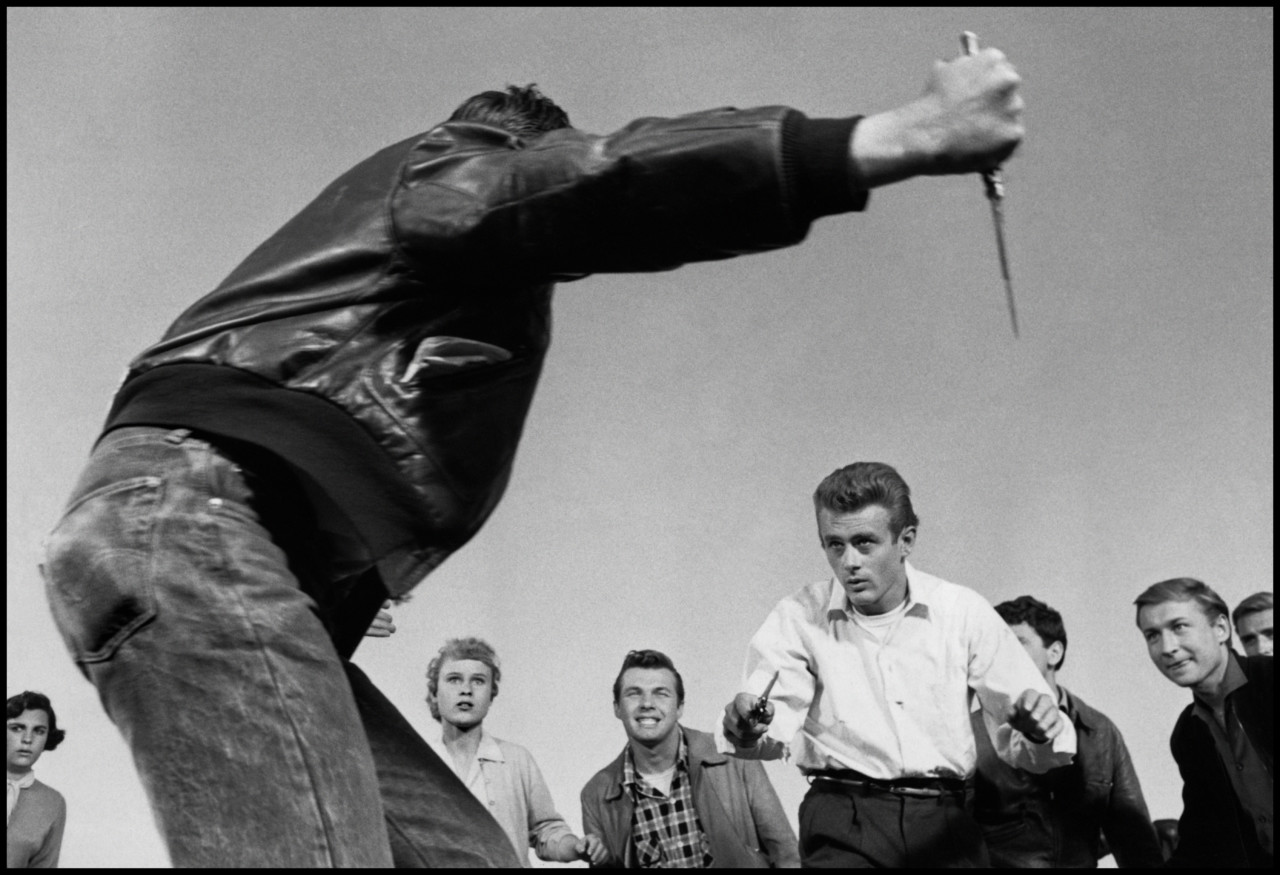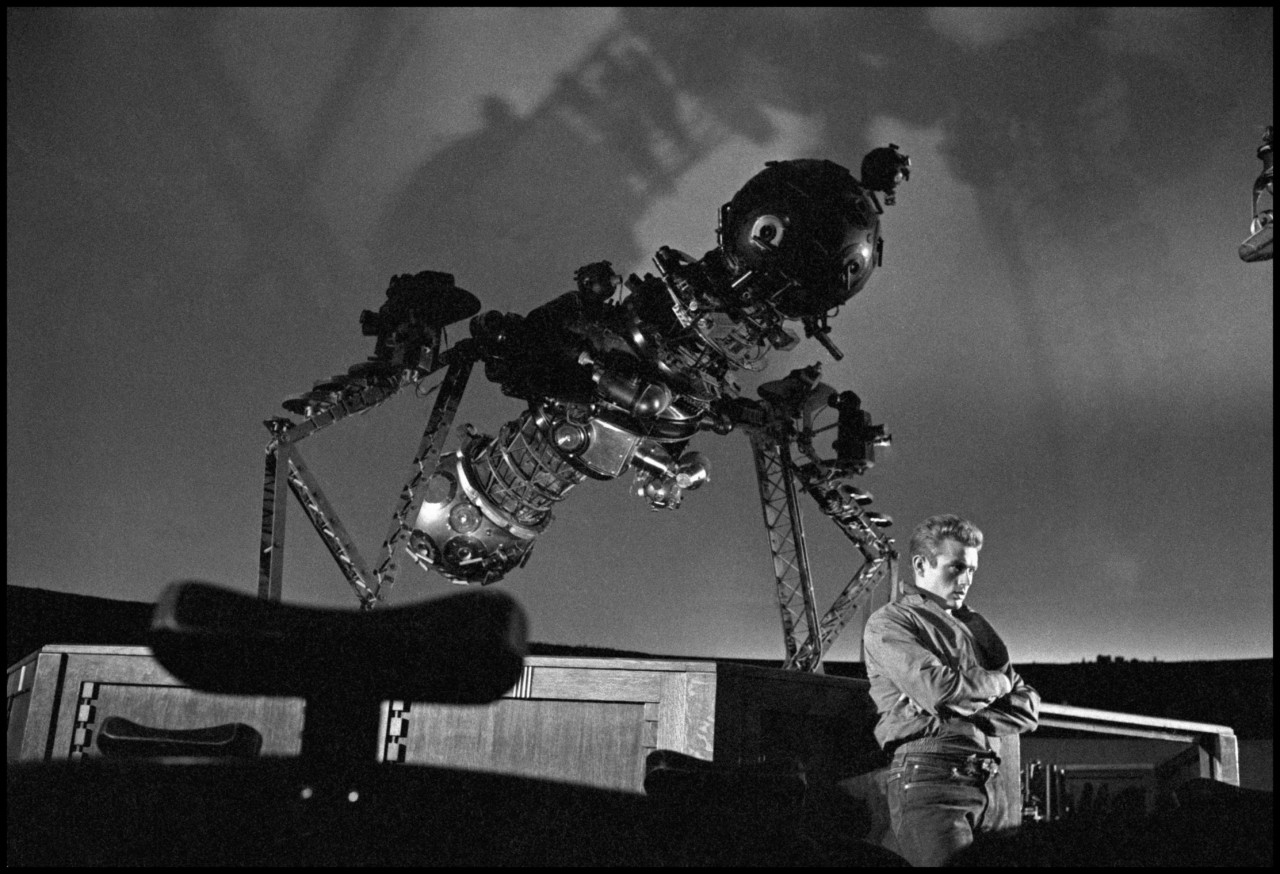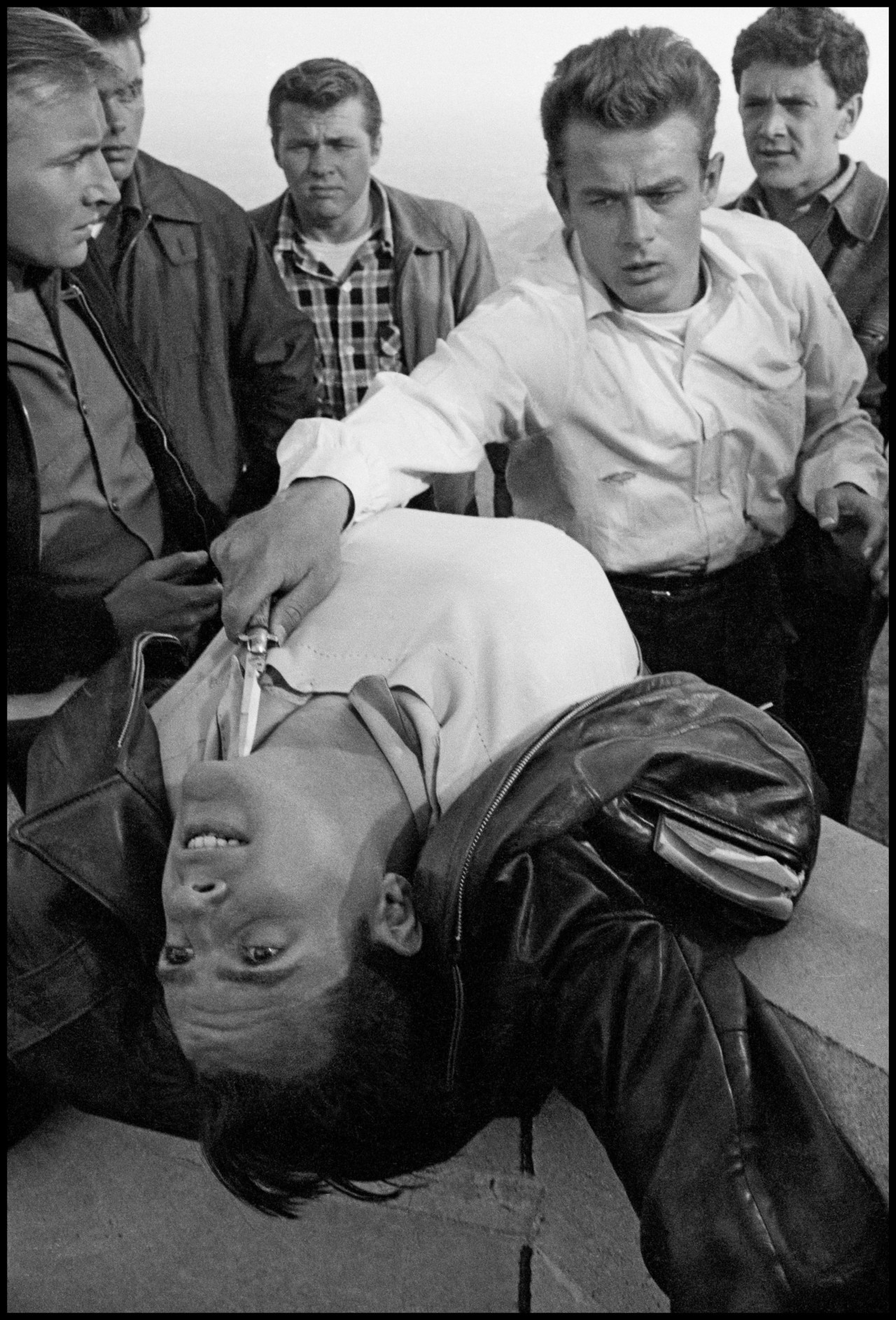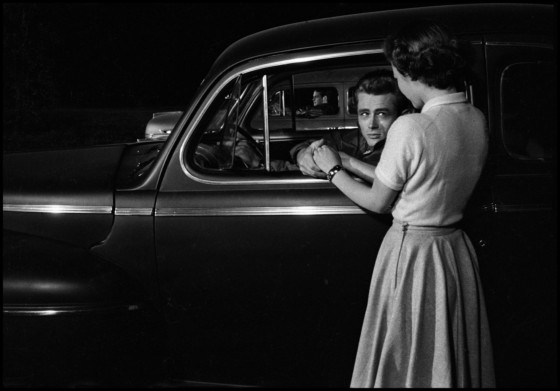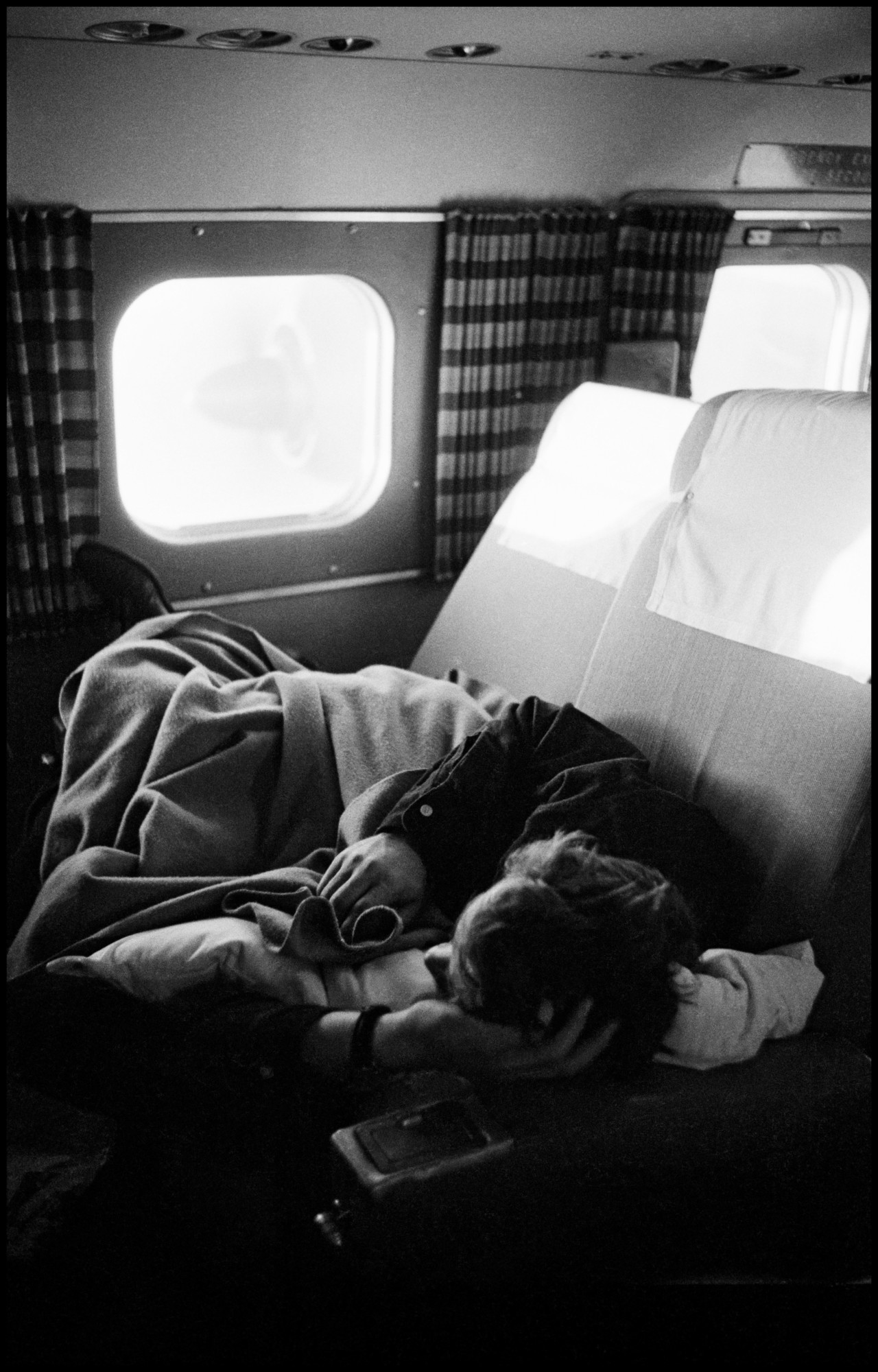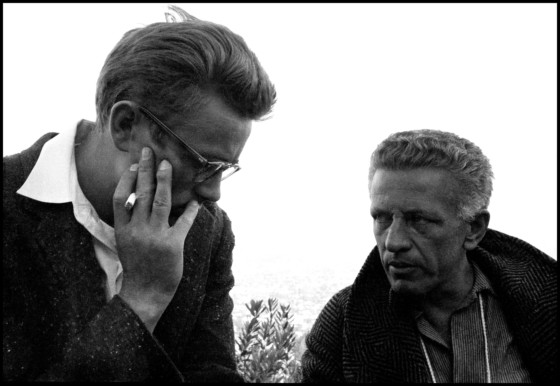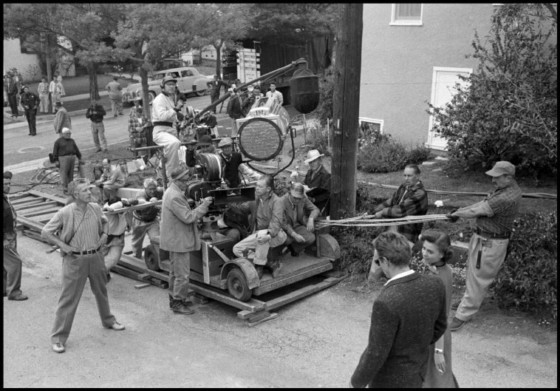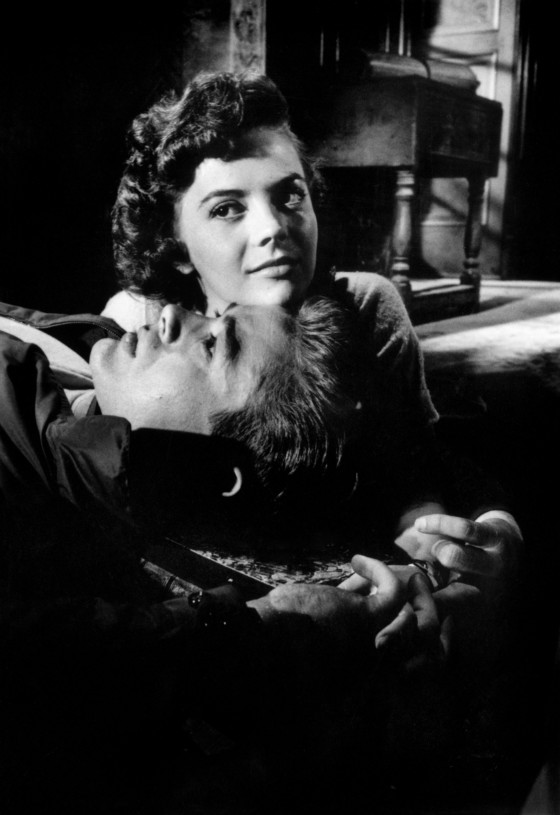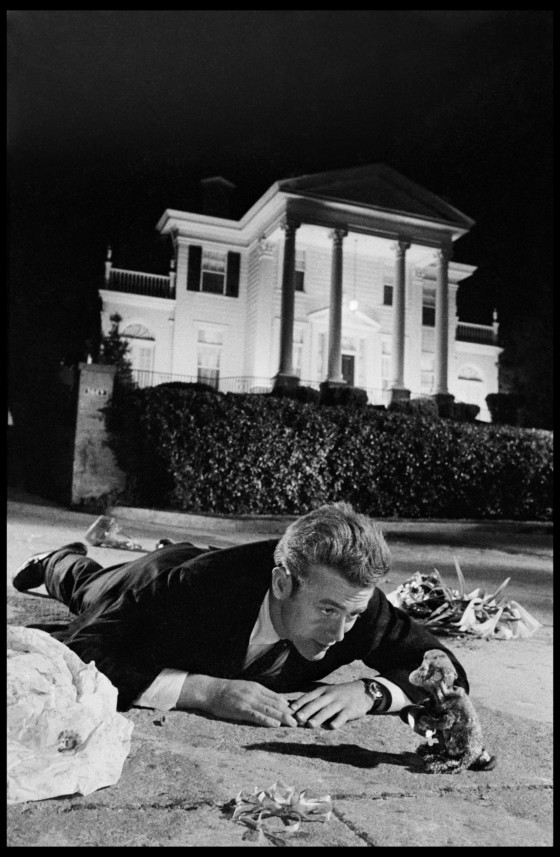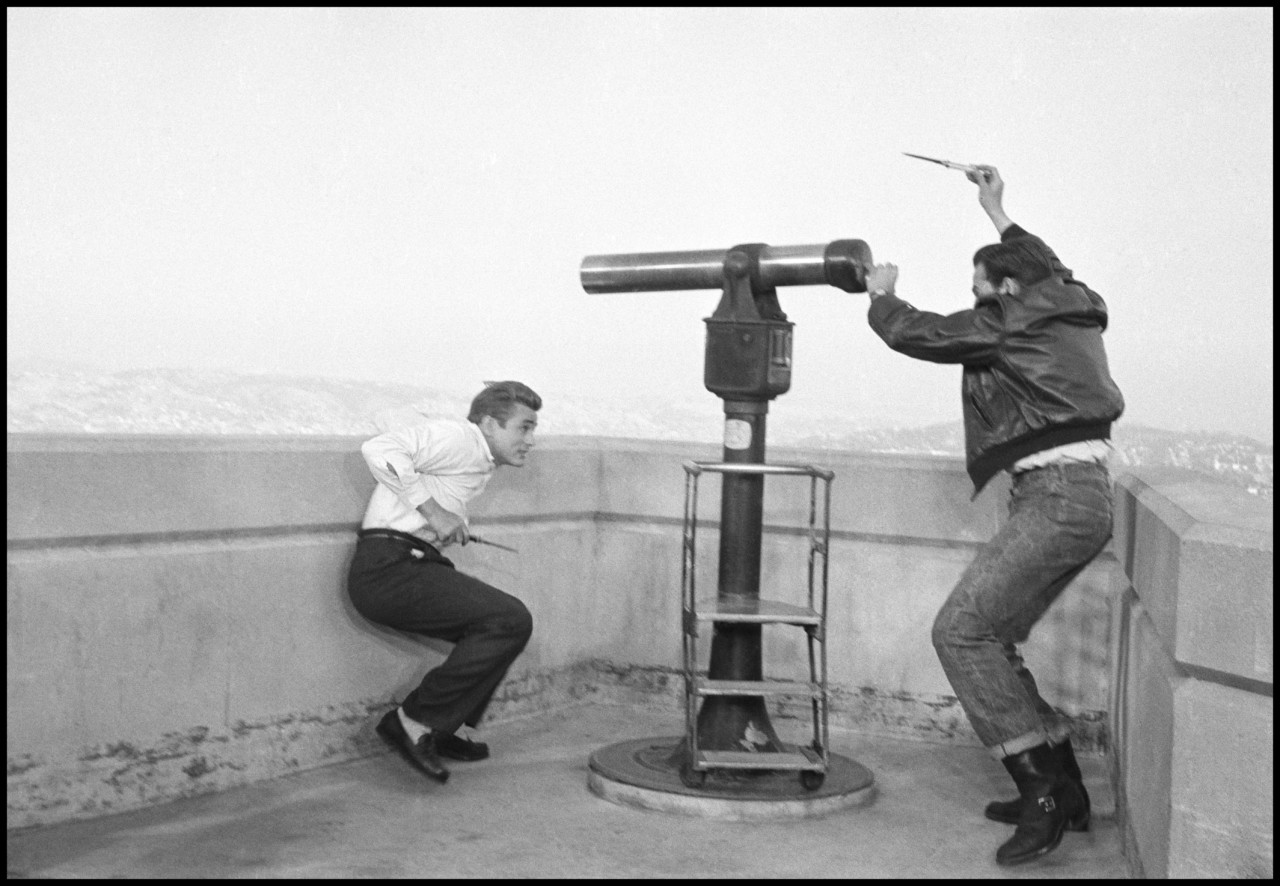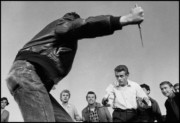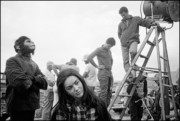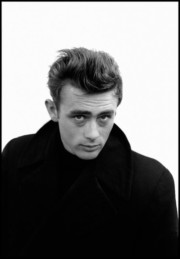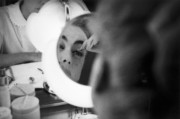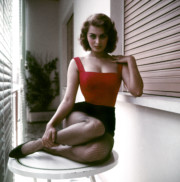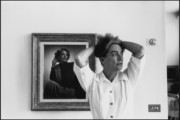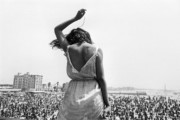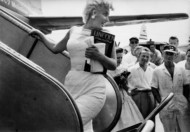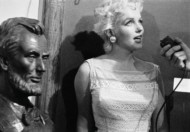Magnum On Set: Rebel Without a Cause
Dennis Stock photographed James Dean giving his most famed performance, only months before his death
Magnum photographers have, over more than seven decades, captured pivotal moments in popular culture as much as historic events and societal sea changes. Working behind the scenes on sets of many classic films, they have captured not only iconic stars at various stages of their careers, but also documented the changing nature of cinema and film production. Sets, equipment, and special effects that once seemed futuristic are, with the passing of time rendered disarmingly romantic.
Here, we look at Dennis Stock’s work made on the set of Rebel Without a Cause, starring James Dean, who Stock was friendly with. Mid-production the venture went from a low-cost B-movie to a full-color, big-budget undertaking, and was to define a particular sort of teenage angst and rebellion for a generation.
You can see other stories in the Magnum On Set series, here.
A selection of Stock’s images, including some made on the sets of movies, are available as prints and posters on the Magnum Shop, here.
Between March and May of 1955 Dennis Stock photographed what would turn out to be James Dean’s penultimate movie. The 24-year-old actor died in a car crash that September, just months after filming wrapped. Directed by Nicholas Ray, the emotionally searing teen classic casts Dean as Jim Stark, the troubled new kid in town who falls for Natalie Wood’s Judy. It’s the film that cemented Dean as the poster boy for a particularly American brand of teenage rebellion.
Shot between LA and Santa Monica, California, the production started out as a low budget black and white drama, with Warner Bros. considering it an off-the-radar B-movie. That all changed when Jack L. Warner, an executive producer, realised Dean’s star was on the rise. Filming was swiftly switched to colour, with many scenes having to be reshot in the costlier, newer medium. The filmmakers also used the widescreen CinemaScope format, a new technological advance in movies which allowed Ray to play with deep focus and composition in a way that was celebrated as artistic and expressive by critics at the time.
Stock photographed the actor on a plane flying to the production – an image which is typical of the more intimate ones from the series. Stock’s pictures are notable not only for documenting this key work in Dean’s filmography, but for the intimacy that comes from a relationship built over time. Stock, who was close to Dean, captures other candid moments: the actor smoking a cigarette and chatting to Ray, as well as more formal parts of the film’s production – most notably the famous knife fight in front of the Griffith Observatory in LA. Stock also captures the director, standing authoritatively in a side street, hands on hips, next to a camera tracking Wood and Dean.
Most importantly Stock’s work on the set of Rebel Without a Cause documented Dean at work in what would turn out to be the only movie in which he received top billing, something that seems somewhat remarkable given his posthumous celebrity, giving arguably his most memorable performance.
Most importantly, Stock’s work on the set of Rebel Without a Cause captured Dean at work – giving arguably his most memorable performance – in the only movie in which he received top billing, something that seems somewhat remarkable given his posthumous celebrity.


